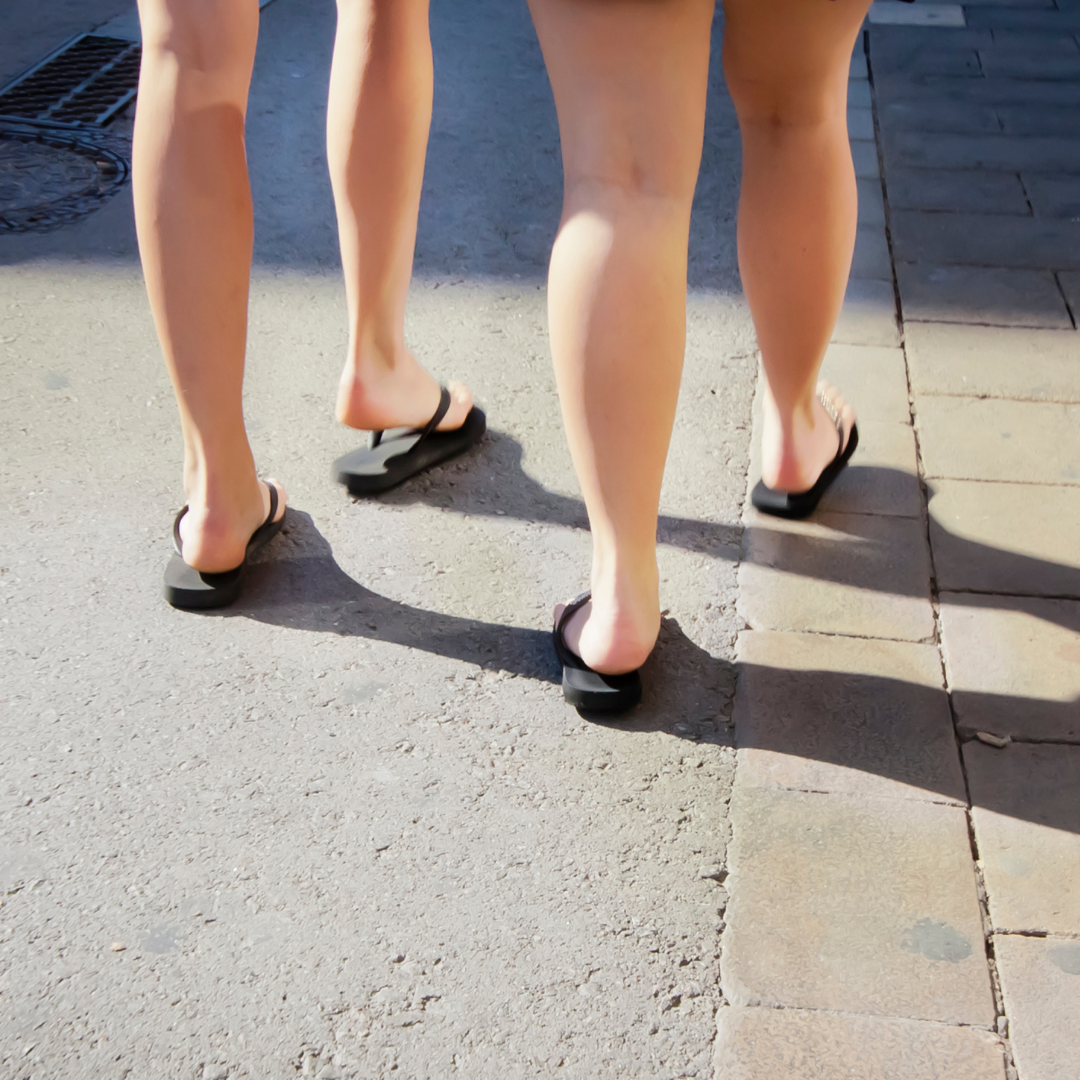Flip-Flops: Not A Good Idea For Sports And Exercise
July 3, 2008
Anterior cruciate ligament (ACL) tears don’t typically occur in golfers, but then, Tiger Woods isn’t the typical golfer. The ACL is one of four ligaments in the knee, and it functions to stabilize the knee during twisting motions. Tears of the ACL are relatively common injuries, but they usually occur in more high-demand sports, such as football. Though golf isn’t usually thought of as a demanding sport on the same level as football or ice hockey, the fact that Tiger was able to win the US Open with a torn ACL and stress fractures is unbelievable.
According to reports, Woods initially tore the ligament last year while running. At the time, the knee was probably swollen and painful, but those symptoms resolved. The initial decision to try to treat the ACL tear conservatively was a very reasonable option. Many recreational athletes, particularly golfers, are able to play without problems despite injuries to their ACLs. Unfortunately for Tiger, the elements of his swing that have made him so successful (the speed and torque he generates) are probably the same factors that made the nonoperative treatment more likely to fail in his case.
Unlike many orthopedic procedures such as rotator cuff repairs in which a torn tendon is sewn back to its original position, the ACL does not respond well to being repaired. Instead, the torn ligament is removed, and a piece from the patient’s patella tendon is used to reconstruct the ligament. Another option is to use a tendon from a cadaver donor. No matter which graft is used, the majority of the procedure is done arthroscopically. A small incision is typically made distal to the knee to pass the graft into the knee in the appropriate position.
After surgery, patients are often allowed to walk with a brace and crutches, and range of motion exercises are begun immediately. As motion improves, strength training is added to the therapy regimen. Woods will probably be hitting balls by the 3-month mark after surgery. Athletes are typically allowed to return to sports when strength and motion are about equal to the opposite leg. A study of NFL running backs and wide receivers with ACL tears found that they returned to competition about a year after surgery, on average. Though we have less data on such injuries in golfers, clearly golf is less strenuous than football. So, for Tiger, returning to the competition will probably be by the end of 2008.
Of some concern, however, is that this will be his third knee surgery in the past few years. Also, playing with a torn ACL can cause cartilage damage, which he supposedly had during his surgery in April. The combination of these factors may affect his knee’s function over the long term.
That being said, Tiger Woods has never ceased to amaze us. Given his excellent physical condition, combined with his natural athletic ability, there is no reason to think that he won’t get back to his previous level of play that thrills us week in and week out.


